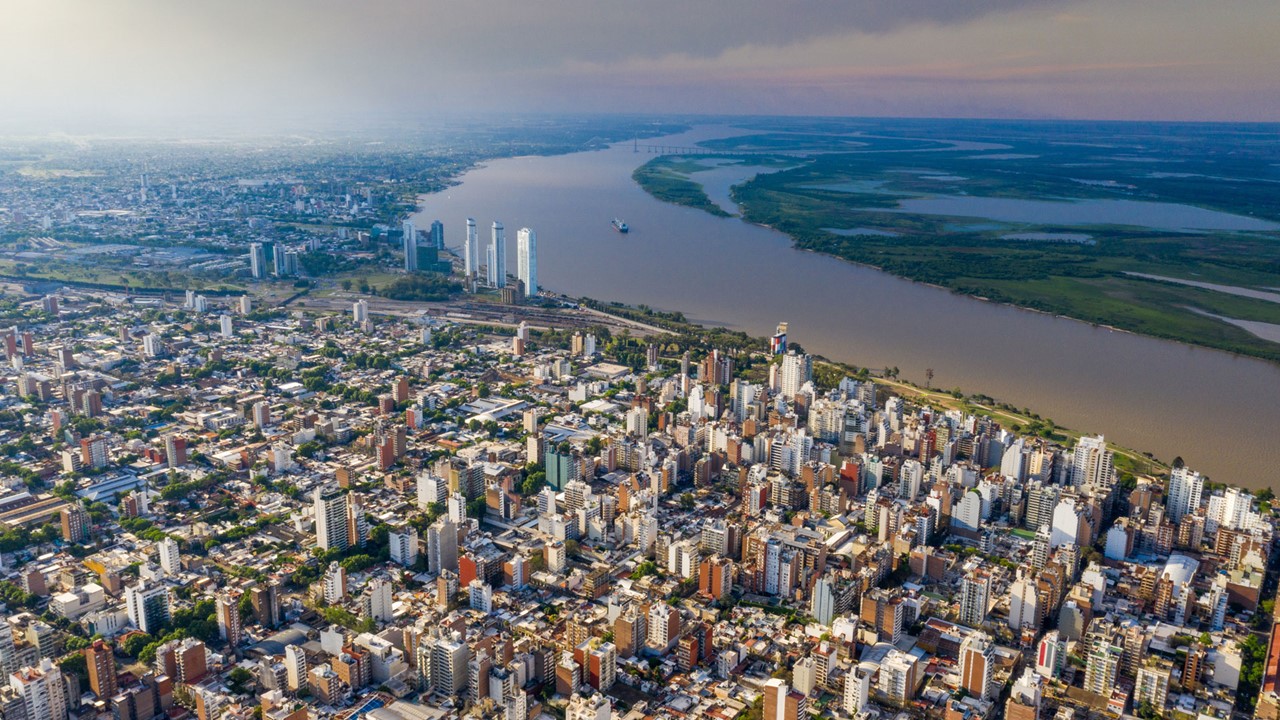Narcos taking over entire cities and regions is increasingly becoming an all-Latin American problem.
And it does not stop at Argentina, whose third largest city and one of the most important goods-shipping centers of the country, Rosario, is increasingly dominated by brutal and extremely violent forces and already looks more like a Mexican city than an Argentine one.
Narcos are said to dominate every aspect of Rosario society, with police, government officials, and hitmen in their pockets.
The city of Rosario is already part of a narco-state, writes Derecha Diario in its latest report.

Police officers who are not part of the drug trafficking network do not have the resources to deal with the growing threat of organized crime.
The government does nothing, or worse, is complicit and takes a cut.
None of this is in vain, and Rosario is said to live today in a hell of violence.
2022 is already the bloodiest year in the history of the city of Santa Fe province, registering some 258 intentional homicides up to October.
The vast majority are the result of shootouts between drug traffickers.
However, it is not only drug traffickers who die. Civilians are victims and unfortunately often get caught in the middle of the shootings.
Two boys, 14 and 15 years old, were the latest victims of the pitiful count. They are Eric Galliz and Valentín Solís, who were ambushed and shot to death in the Fonavi of Rouillón and Seguí, in the west of the city.
With this number, the counter of the Public Prosecutor’s Office (MPA) broke the record of 2014, when 254 crimes were recorded in the Regional Unit II of Santa Fe that covers the department of Rosario, in addition to Villa Gobernador Galvez, Granadero Baigorria, Perez, Funes, Ibarlucea and Arroyo Seco, among other localities.
However, at the time, a crime wave was unleashed following the murder of Claudio “Pájaro” Cantero in 2013, and clan warfare was the main driving force behind the hitman killings during that year.
The following year, in 2015, the number dropped to 234; in 2016, there were “only” 181 deaths.
In 2017, the number continued to fall and hit a low of 165 deaths.
In 2018 it rose again to 204, as the power of drug gangs grew again. Another drop was recorded in 2019, with 169 homicides, but in 2020 the narco crisis exploded in full force.
Despite restrictions due to the pandemic, the MPA recorded 214 homicides, and the curve continued upwards in 2021, with 244 deaths.
Although it has not yet closed, 2022 swept all the statistics in a year that began with a bloody triple crime at the close of a narco wedding.
Nobody in Rosario expects the figures to decrease; on the contrary, they foresee that violence will increase due to the disputes between drug traffickers over territory while the city becomes a de facto Narco-State.
The people of Rosario are demanding the intervention of the National Government and the militarization of the city streets.
Rosario is one of the most dangerous national districts and defies all violence statistics in the country.
With information from Derecha Diario

